How to Stage Your Home for a Quick Sale
When real estate agents talk about staging your home, they’re referring to a method of decorating that is designed to showcase the home’s best assets, impress buyers and sell it quickly for the highest possible price.
Because not all sellers stage their homes – especially homes in lower price ranges – you’ll be at an advantage if you do. Read on to find out how.
1. Clean
In the kitchen, potential buyers love to see new appliances that come with the home, but if you can’t do that, make the ones you have spotless. No one wants to see splattered spaghetti sauce, films of grease or piles of crumbs in their potential new home. Likewise, make sure your bathroom sparkles, from the corners of the tub to the sink drain to that spot behind the toilet you don’t think anyone can see. Your goal should be to make everything look new.
2. Declutter
There are two major problems with clutter. One is that it distracts buyers from your home’s features. The other is that it makes it seem like the home doesn’t have enough storage space. Put away knickknacks. Keep in mind that buyers will be interested in your closet space, so tossing everything into the closet to hide it away may not be the best strategy.
3. Depersonalize
Buyers need to be able to envision themselves in your home, so remove all the family photos, items with family members’ names on them and refrigerator art. Also make sure to put away all the toys and anything else that is highly personal or evocative of the home’s current inhabitants.
4. Remove Odors
Pets, kids, what you ate for dinner last night, a moist bathroom and many other conditions can make your home smell. You are probably immune to your home’s aromas, so you’ll need to have a friend or neighbor help you out with this one. Inexpensive tricks for ridding a home of odors and giving it an inviting aroma include baking cinnamon-coated apples or slice-and-bake cookies in the oven – or burning vanilla-scented candles.
It’s also a good idea to grind half a lemon in the garbage disposal to remove sink odors. While you could use a spray to deodorize your home, it might give it a cheap, institutional bathroom smell, which is hardly the image you’re going for. If you’re a smoker and you normally smoke indoors, start limiting your smoking to outside the home and take extra steps to deodorize indoors. Finally, don’t forget to take out the trash.
5. Define Rooms
Make sure each room has a single, defined purpose. Also make sure that every space within every room has a purpose so that buyers will see how to maximize the home’s square footage. If you have a finished attic, make it an office. A finished basement can become an entertainment room, and a junk room can be transformed into a guest bedroom. Even if the buyer won’t want to use the room for the same purpose, the important thing is for them to see that every inch of the home is usable space. This includes alcoves, window seats, corners, breakfast nooks and so on.
6. Wallpaper/Paint
It is unlikely that a potential buyer will like your wallpaper. Your best bet is to tear it down and paint the walls instead. Don’t even think about painting over the wallpaper – it will look shabby and send red flags for the buyer about all the work he or she will have to do later.
Custom-paint colors are the same way. You may love your orange bathroom, but people’s tastes in colors are very specific and highly personal. While you might think that white walls would be ideal because they create a blank slate that allows buyers to envision their own décor and gives them an easy starting point, it’s actually better to paint your home with warm, if somewhat neutral, colors that appeal to the masses and project the homey image you’re trying to sell.
7. Flooring
No one wants to live with dirty, stained carpet, especially when someone else made it that way. Linoleum is passé and looks cheap. Though pricey, hardwood floors add value and elegance to a home. They are also low-maintenance, provide great long-term value and are perfect for buyers with allergies. In other words, they appeal to almost everyone, and if not, they’re easily carpeted over by the buyer and preserved for the next owner.
Common areas like the living room, dining room and kitchen should be your main focus. But ideally, you should bathrooms too: They have relatively little floor area and therefore won’t be too expensive to upgrade. In kitchens and bathrooms, go with ceramic tile or stone if you can afford it. If not, use high-quality vinyl tiles that mimic these more expensive materials.
8. Lighting
Take advantage of your home’s natural light. Open all curtains and blinds when showing your home. Add supplemental lighting where necessary. Outdated or broken light fixtures can be cheaply and easily replaced. If you think your existing fixtures are fine, make sure to dust them, clean off any grime and empty out the dead bugs.
9. Furniture
Make sure furniture is the right size for the room, and don’t clutter a room with too much of it. Furniture that’s too big will make a room look small, while too little or too small furniture can make a space feel cold. Don’t use cheap college furniture, either. You don’t have to pay a lot of money to switch out your existing furniture and you may even be able to rent it, but the furniture should look nice, new, expensive and inviting. You’ll also want to arrange the furniture in a way that makes each room feel spacious yet homey. In the living room, for example, seating should be set up in a way that creates a gathering area around a fireplace.
10. Walls and Ceilings
Cracks in the walls or ceiling are a red flag to buyers as they may indicate foundation problems. If your home does have foundation problems, you will need to either fix them or alert potential buyers to them. That said, a fix would be better in terms of getting the home sold. If the foundation only looks bad, but has been deemed sound by an inspector, repair the cracks so you don’t scare off buyers for no good reason.
11. Exterior
Your home’s exterior will be the first impression buyers get and may even determine their interest in viewing the inside. Make sure your lawn, hedges, trees and other plants are well-maintained and neatly pruned and eliminate any weeds. To brighten windows, wash them well, and consider adding flower boxes to brighten them up further. If you can, power wash your home’s exterior – it can make it look almost freshly painted but with less effort and expense.
Make sure the sidewalk leading up to the house is clear and clean, and purchase new doormats for the front and back doors. If you have a pool, showcase it by making sure it’s crystal clear. Creating some sort of outdoor living space in the backyard, such as a deck or patio with outdoor furniture, is another way to use the exterior of your home to its greatest advantage.
12. Last Touches
Just before any open house or showing, make sure that your staging efforts go the full mile with a few last-minute touches that will make the home seem warm and inviting. These include fresh flowers, letting fresh air into the house for at least ten minutes beforehand so it isn’t stuffy, adding a pleasant scent as discussed earlier, and putting new, plush, nicely folded towels in the bathrooms.
Read more: How to Stage Your Home for a Quick Sale https://www.investopedia.com/articles/mortgages-real-estate/08/staging-home.asp#ixzz5QLQUPJdC
Follow us: Investopedia on Facebook

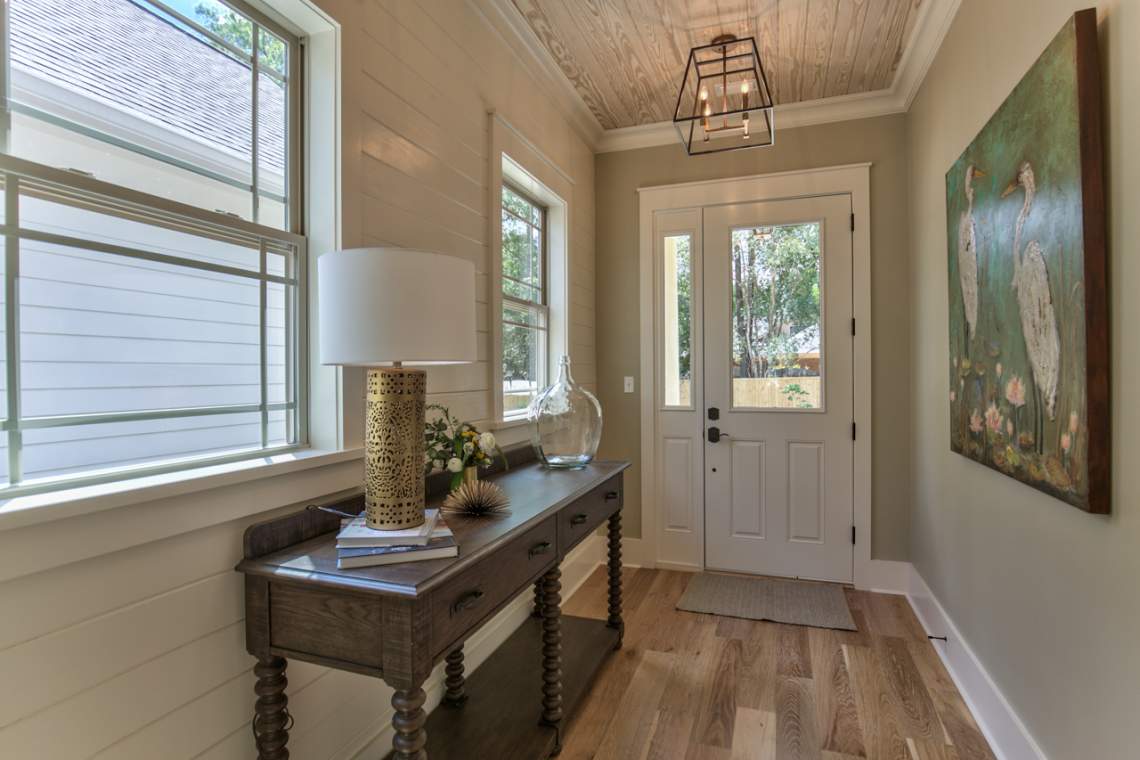
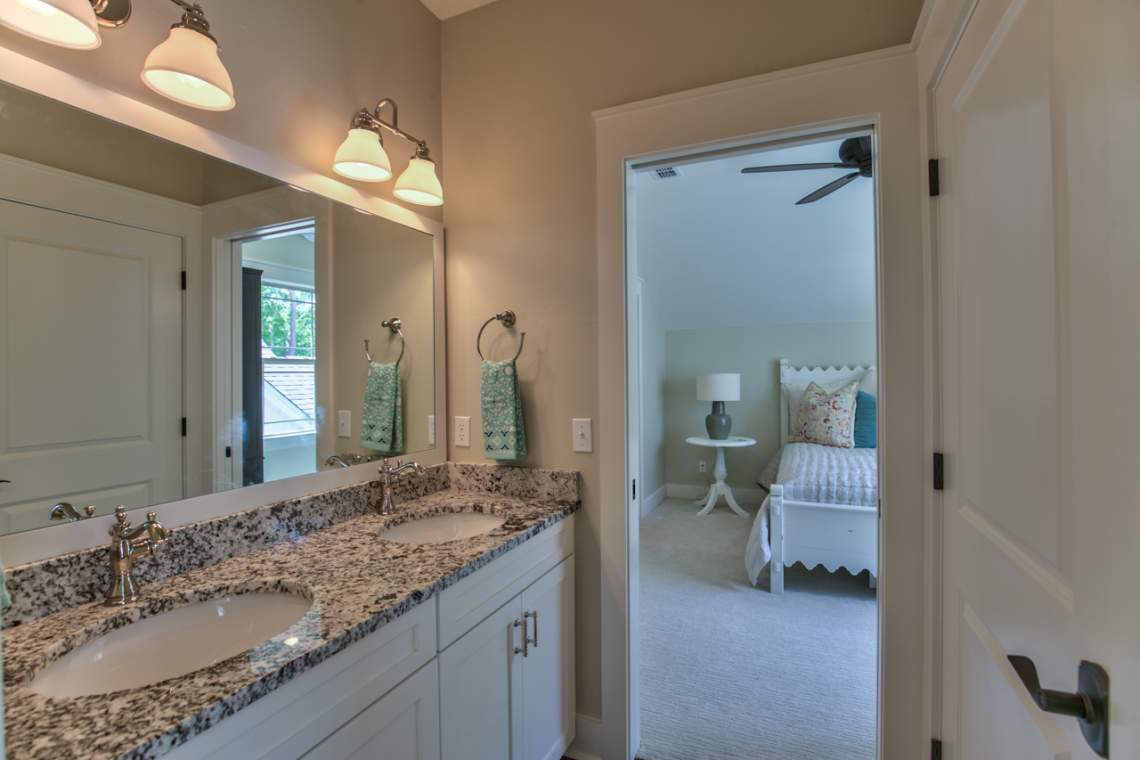
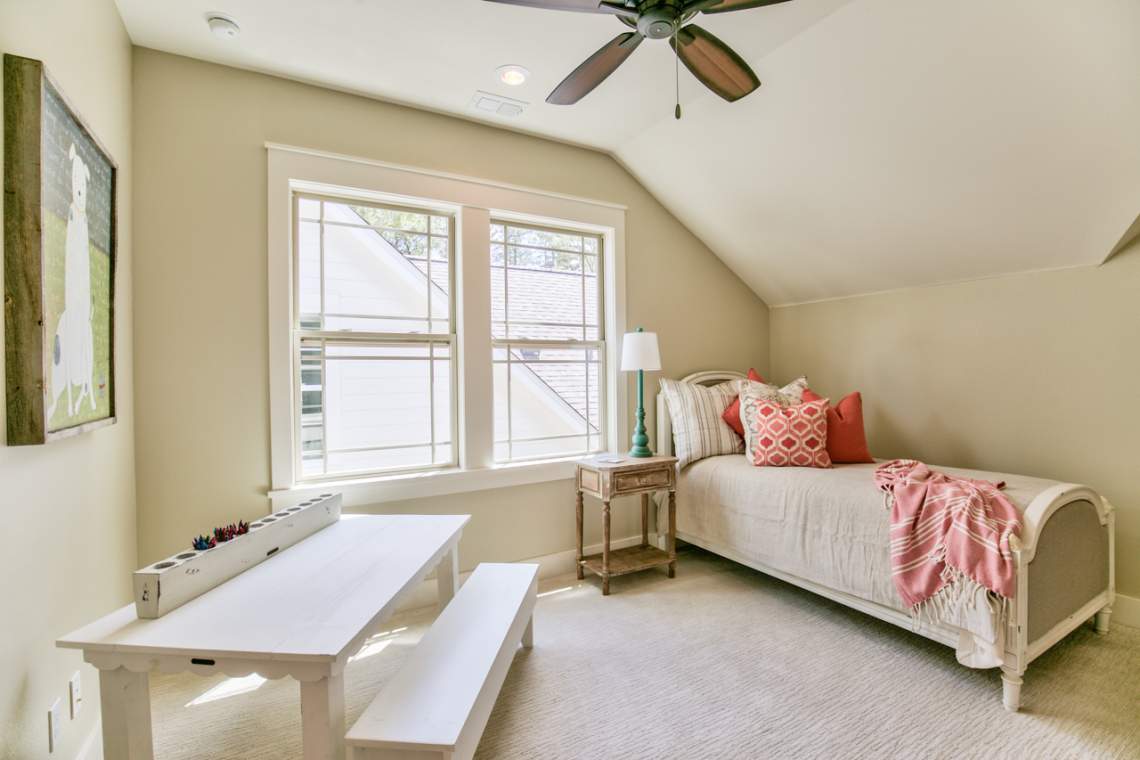
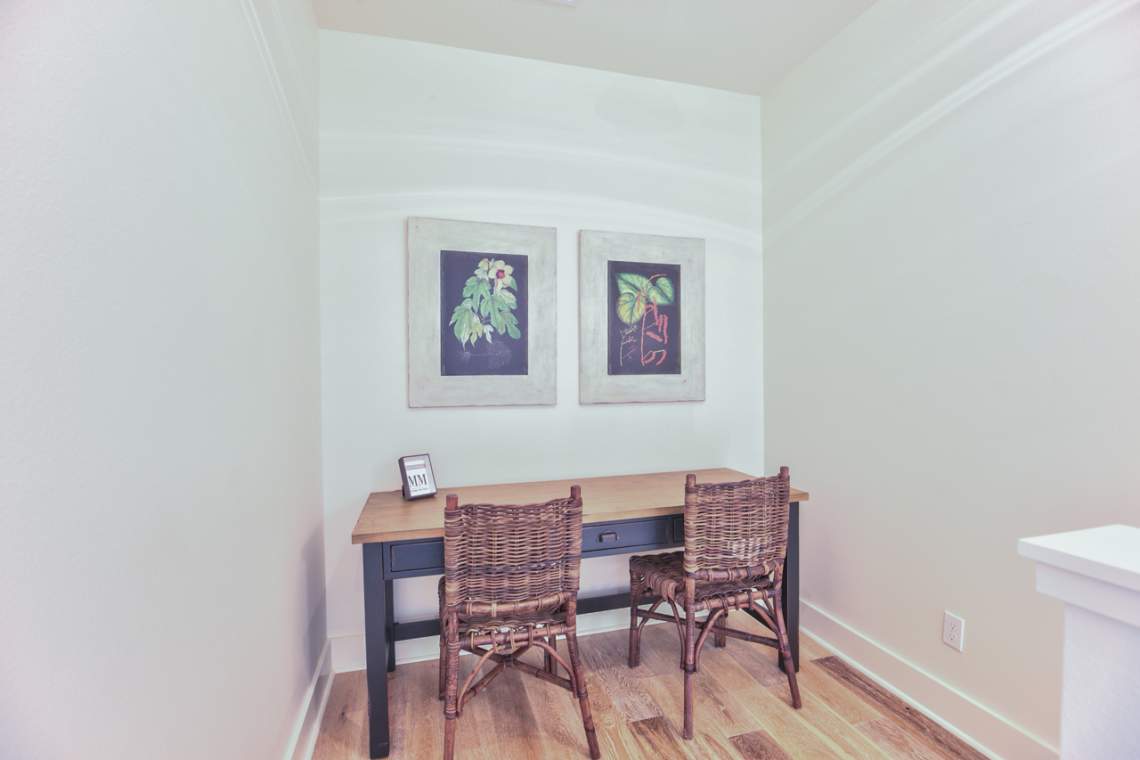
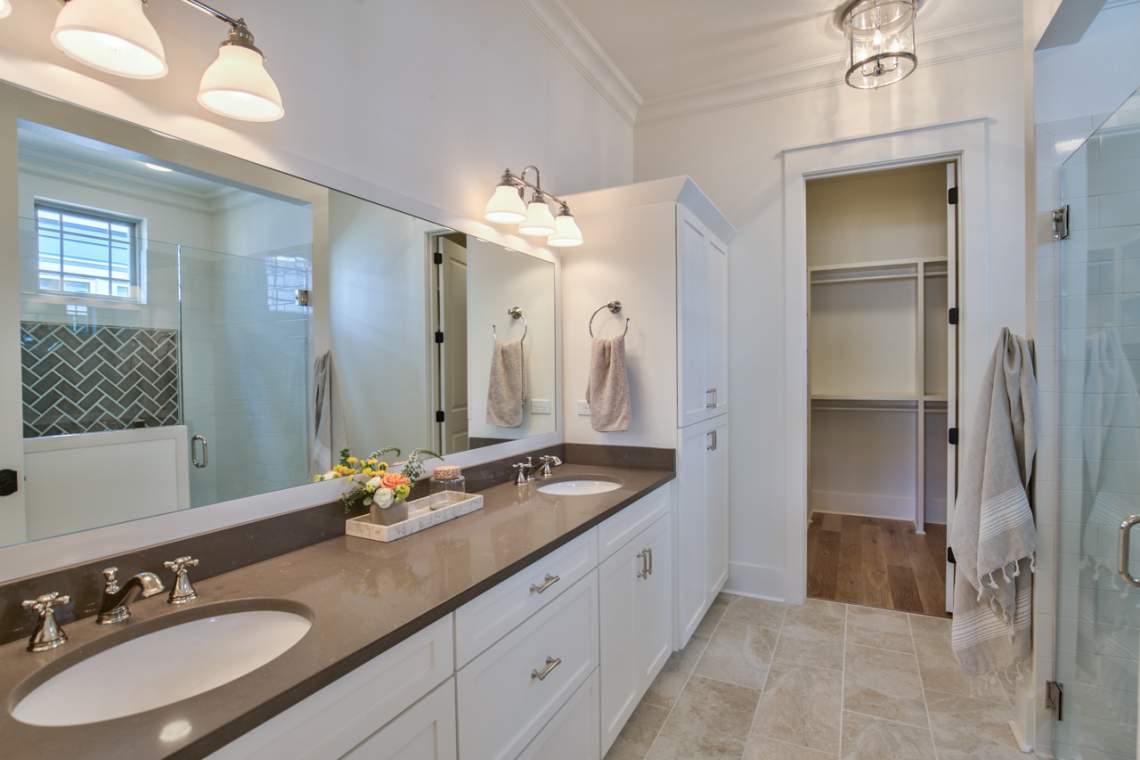
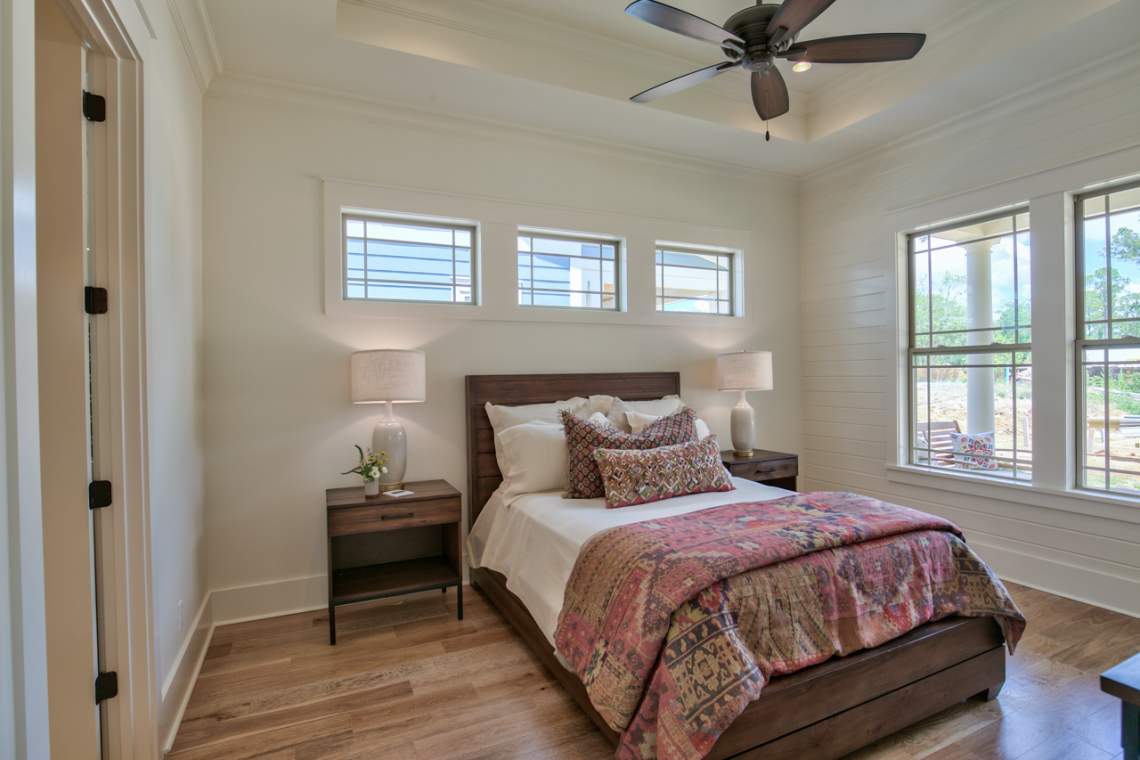
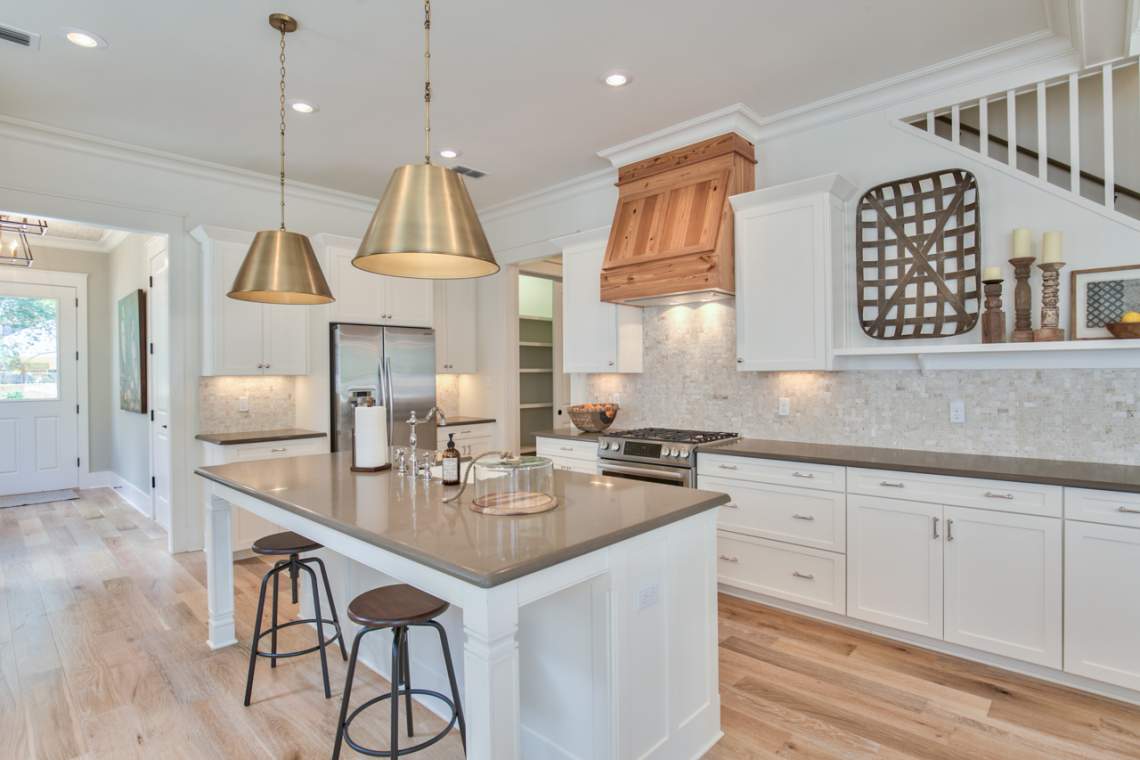
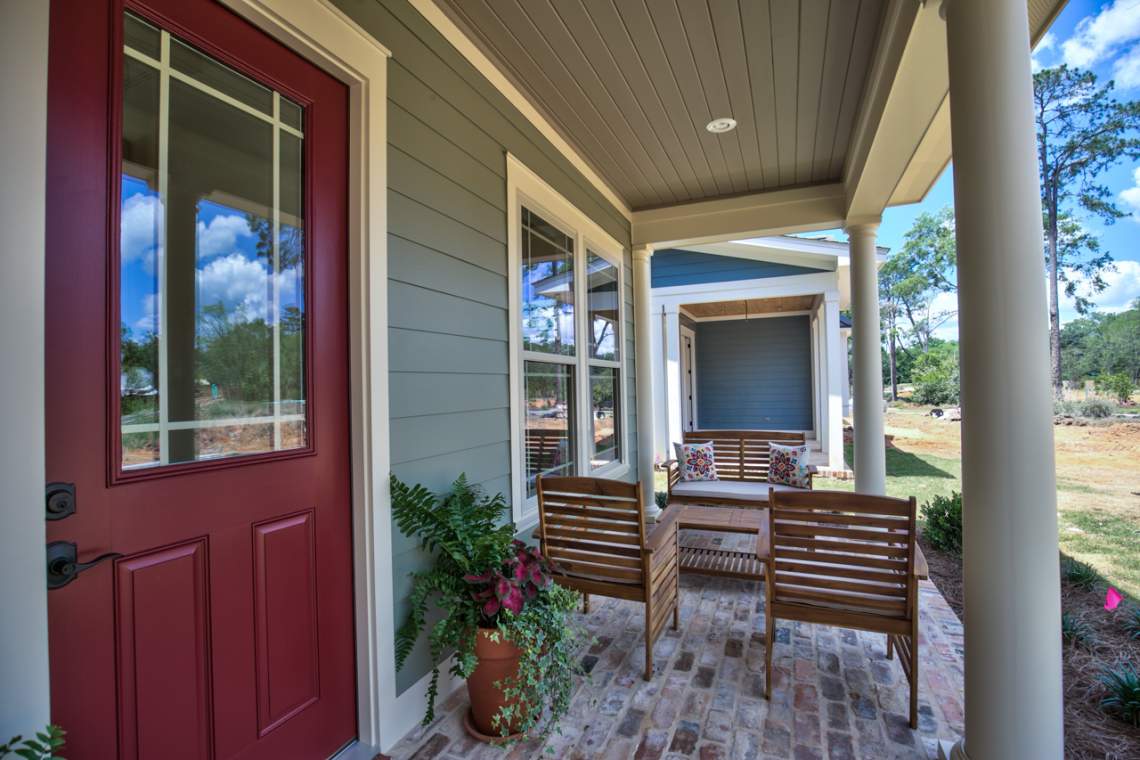

Leave a Reply